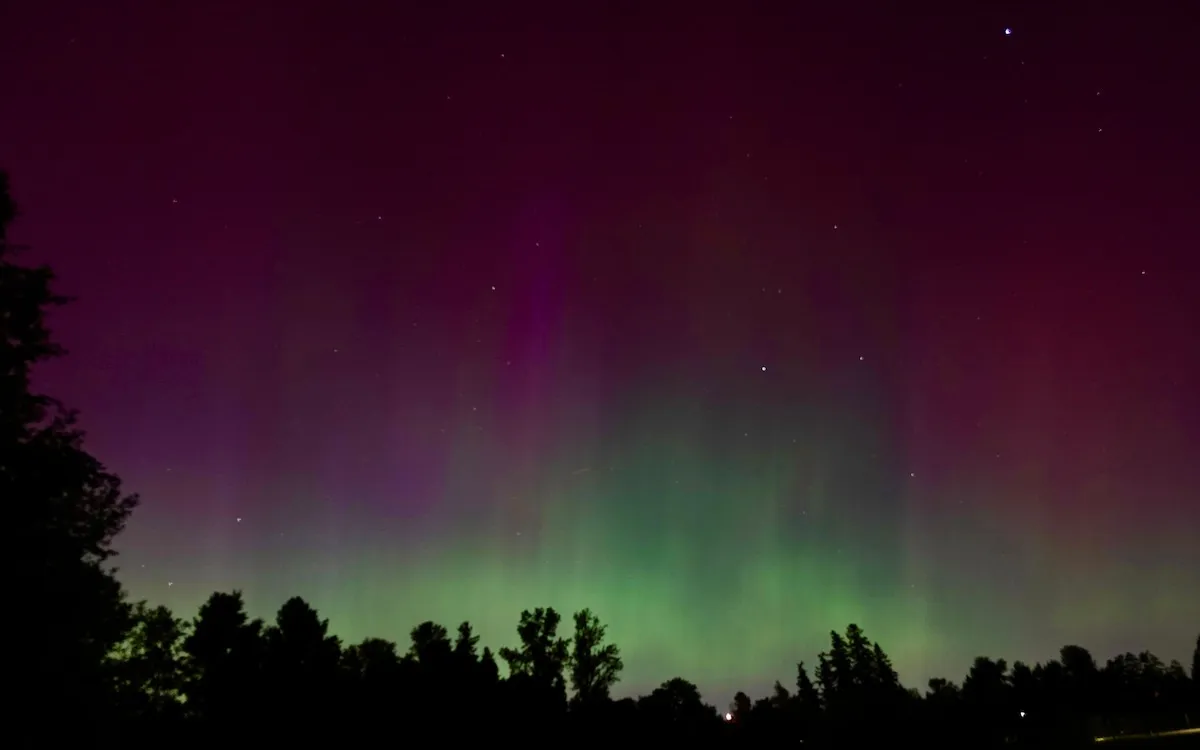
The northern part of the United States is poised for a spectacular celestial display on Monday night, as the viewing line for the auroras will extend to the Oregon-Washington border. This exciting opportunity comes during the ongoing phase of solar maximum within solar cycle 25, an approximately 11-year cycle characterized by heightened magnetic activity from the sun.
Currently, we are experiencing a solar maximum that is expected to continue until 2026, allowing the breathtaking northern lights to be visible further south than usual. This means that residents along the edge of Oregon, in addition to various locations in Washington, Idaho, Montana, Wyoming, North Dakota, South Dakota, Minnesota, Iowa, Wisconsin, Michigan, New York, Vermont, New Hampshire, Maine, and even Alaska, may have the chance to witness this natural wonder.
To maximize your chances of seeing the auroras, it’s essential to find a viewing spot away from light pollution. Ideal locations include dark areas with a clear view of the northern horizon. Observers are encouraged to remain patient and keep an eye on the skies, as the northern lights can be unpredictable.
For the latest updates on where the auroras are likely to be visible, it’s advisable to follow the Space Weather Prediction Center’s 30-minute aurora forecast. This valuable resource provides real-time predictions, enabling enthusiasts to plan their viewing adventures effectively.
Stay tuned for updates and prepare to be amazed by the natural beauty that the universe has to offer! If you have any questions or seek further information about the weather in Oregon, feel free to reach out to Lizzy Acker, who covers Oregon weather and writes the advice column, “Why Tho?” You can contact her at 503-221-8052 or via email at lacker@oregonian.com.